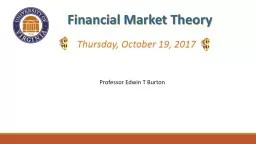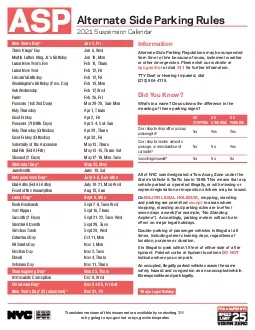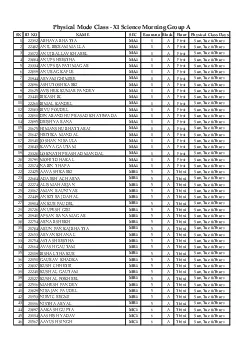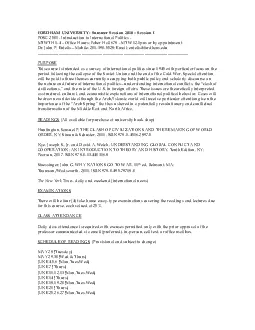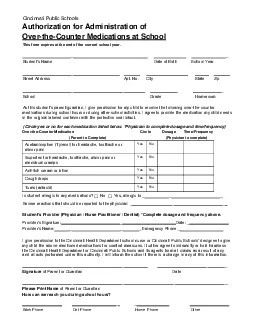PPT-Financial Market Theory Thurs
Author : mitsue-stanley | Published Date : 2018-03-13
day Octo ber 19 2017 Professor Edwin T Burton Finite State Version of MPT October 19 2017 Asset choice in a two period economy Suppose that the world only has two
Presentation Embed Code
Download Presentation
Download Presentation The PPT/PDF document "Financial Market Theory Thurs" is the property of its rightful owner. Permission is granted to download and print the materials on this website for personal, non-commercial use only, and to display it on your personal computer provided you do not modify the materials and that you retain all copyright notices contained in the materials. By downloading content from our website, you accept the terms of this agreement.
Financial Market Theory Thurs: Transcript
Download Rules Of Document
"Financial Market Theory Thurs"The content belongs to its owner. You may download and print it for personal use, without modification, and keep all copyright notices. By downloading, you agree to these terms.
Related Documents

